- With standard equipment
- With safety pack
Find more information in the General Comments section of the assessment
Find more information in the Rating Validity tab of the assessment
- See More
- See More
- See More
- See More
- Good
- Adequate
- Marginal
- Weak
- Poor
 Rear Seat
Rear Seat
 Front Seat
Front Seat
- Good
- Adequate
- Marginal
- Weak
- Poor


Passenger
outboard
center
outboard *
Fitted to the vehicle as standard
Not fitted to the test vehicle but available as option
Not Available
-
i-Size CRS
-
ISOFIX CRS
-
Universal Belted CRS
Easy
Difficult
Safety critical
Not allowed
| Seat Position | ||||||
|---|---|---|---|---|---|---|
| Front | 2nd row | 3rd row | ||||
| Passenger | Left | center | Right | Left | Right | |
| Maxi Cosi 2way Pearl & 2wayFix (i-Size) | ||||||
| Maxi Cosi 2way Pearl & 2wayFix (i-Size) | ||||||
| BeSafe iZi Kid X2 i-Size (i-Size) | ||||||
| Britax Römer TriFix2 i-Size (i-Size) | ||||||
| BeSafe iZi Flex FIX i-Size (i-Size) | ||||||
| BeSafe iZi Combi X4 ISOfix (ISOFIX) | ||||||
| Cybex Solution Z i-Fix (ISOFIX) | ||||||
| Maxi Cosi Cabriofix (Belt) | ||||||
| Maxi Cosi Cabriofix & Easyfix (Belt) | ||||||
| Britax Römer King II LS (Belt) | ||||||
| Cybex Solution Z i-Fix (Belt) | ||||||
Easy
Difficult
Safety critical
Not allowed
In the frontal offset test, protection of the chest and neck of the 10 year dummy was rated as weak, based on dummy readings during the impact. For the 6 year dummy, protection of the neck was marginal while that of the head and chest was adequate and good respectively. The front passenger airbag can be disabled to allow a rearward-facing child restraint to be used in that seating position. Clear information is provided to the driver regarding the status of the airbag and the system was rewarded. One CRS, a full sized rearward facing toddler restraint, could be fitted in the car with no problem but was deemed a fail because Dacia indicate in the user manual that the car cannot accommodate this (R3) category of restraint. One type of universal restraint could not be properly fitted in the third row seats, where these are fitted. Otherwise, restraint systems could be installed and accommodated properly.
- Good
- Adequate
- Marginal
- Weak
- Poor

Head Impact 14.1 Pts
Pelvis Impact 2.3 Pts
Leg Impact 5.8 Pts
The protection provided by the bonnet to the head of a struck pedestrian was predominantly good or adequate with poor results recorded at the base of the windscreen and on the stiff windscreen pillars. The bumper provided good or adequate protection to pedestrians' legs at all test locations. However, protection of the pelvis was poor over much of the width of the car. The autonomous emergency braking (AEB) system of the Jogger does not detect vulnerable road users such as pedestrians and cyclists.
- Good
- Adequate
- Marginal
- Weak
- Poor
| System Name | Speed limiter |
| Speed Control Function | Manually set (accurate to 5km/h) |
| Applies To | Front and rear seats, including optional third row | ||
| Warning | Driver Seat | Front Passenger(s) | Rear Passenger(s) |
| Visual | |||
| Audible | |||
| Occupant Detection | |||
|
|||
| System Name | Active Emergency Braking | |||
| Type | Autonomous emergency braking and forward collision warning | |||
| Operational From | 7 km/h | |||
| Sensor Used | Radar only | |||
A seat belt reminder system is standard for the front and rear seats. However, there is no reminder for the seat belts in the third row, where these are fitted, so the Jogger loses points compared with the Sandero Stepway on which the rating is based, and this is enough to drop the score in Safety Assist below the threshold required for two stars. A driver-set speed limiter is also standard but the Jogger provides no lane assistance. The AEB system performed well in tests of its response to other vehicles with accidents avoided or mitigated in many cases.
- Specifications
- Safety Equipment
- Videos
- Rating Validity
Specifications
Tested Model Dacia Sandero Stepway 1.0TCe, LHD
Body Type - 5 door hatchback
Year Of Publication 2021
Kerb Weight 1111kg
VIN From Which Rating Applies - all Joggers
Class City and Supermini
Safety Equipment
Note: Other equipment may be available on the vehicle but was not considered in the test year.
Fitted to the vehicle as standard
Fitted to the vehicle as part of the safety pack
Not fitted to the test vehicle but available as option or as part of the safety pack
Not available
Not applicable
Videos
Rating Validity
Find more information in the General Comments section of the assessment
 Share
Share
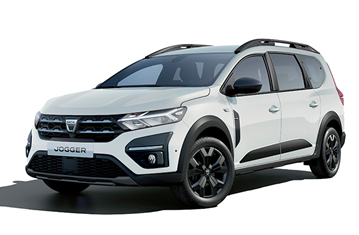
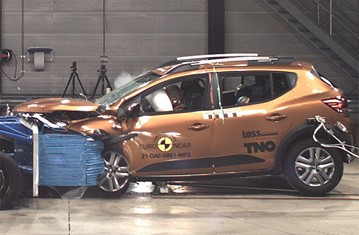
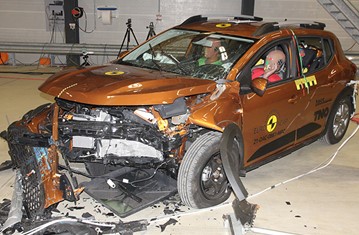
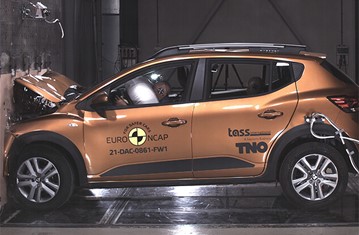
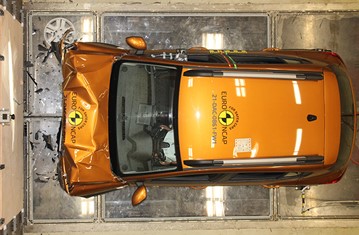
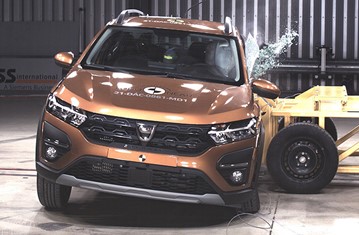
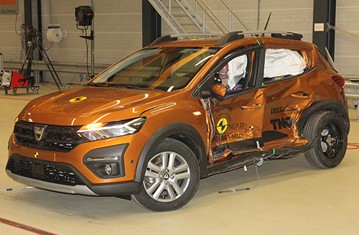
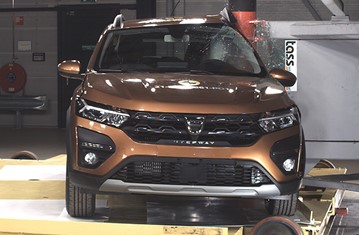
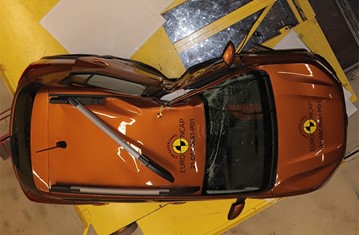








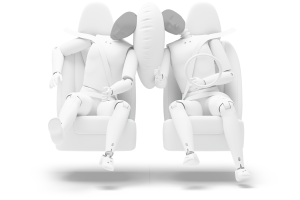
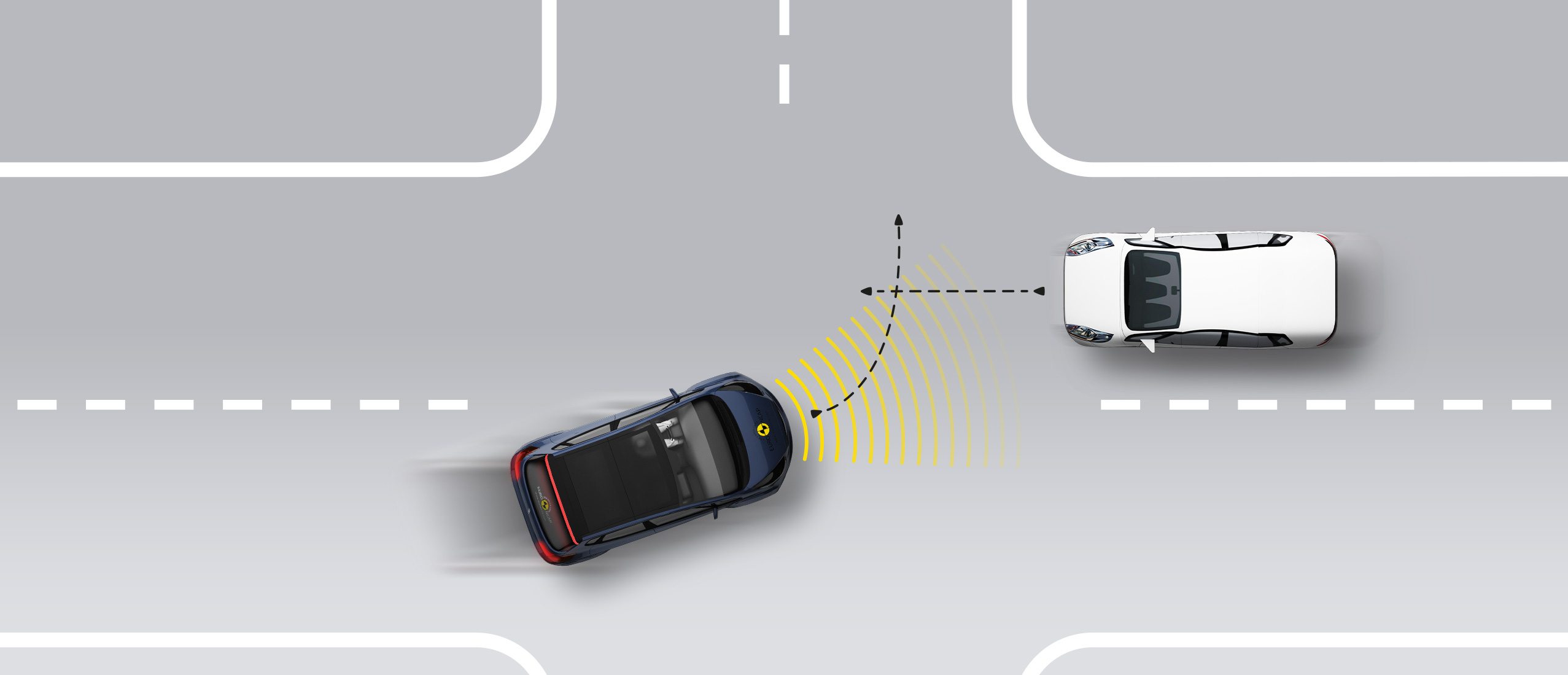







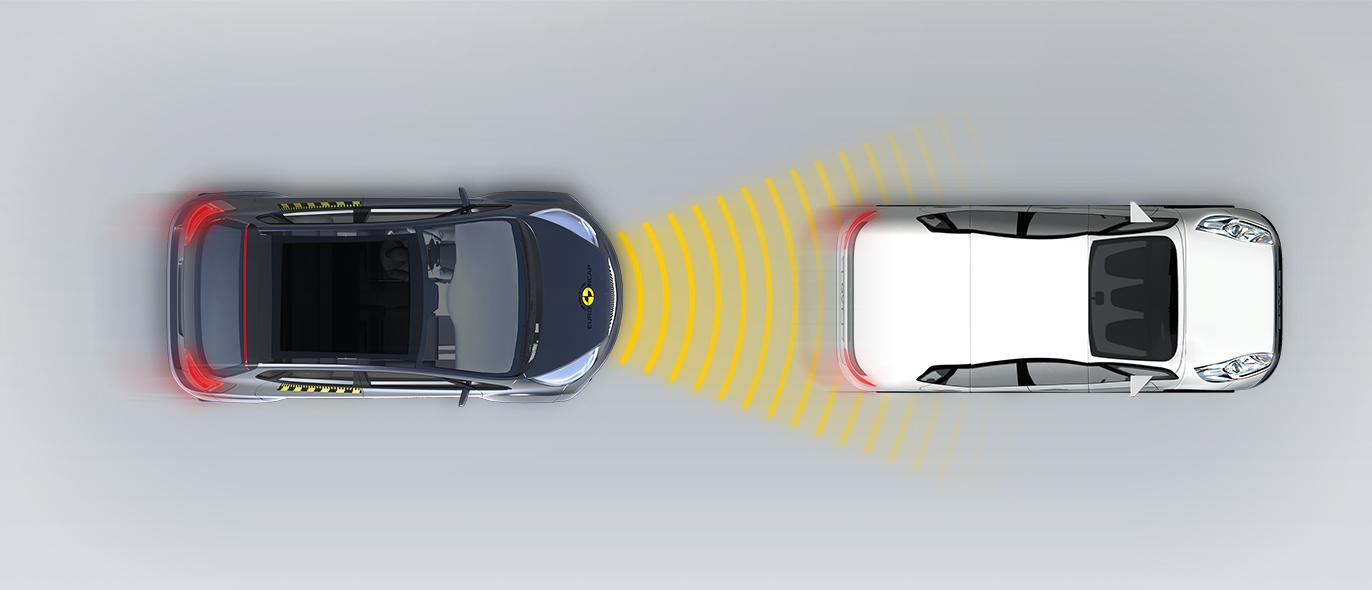
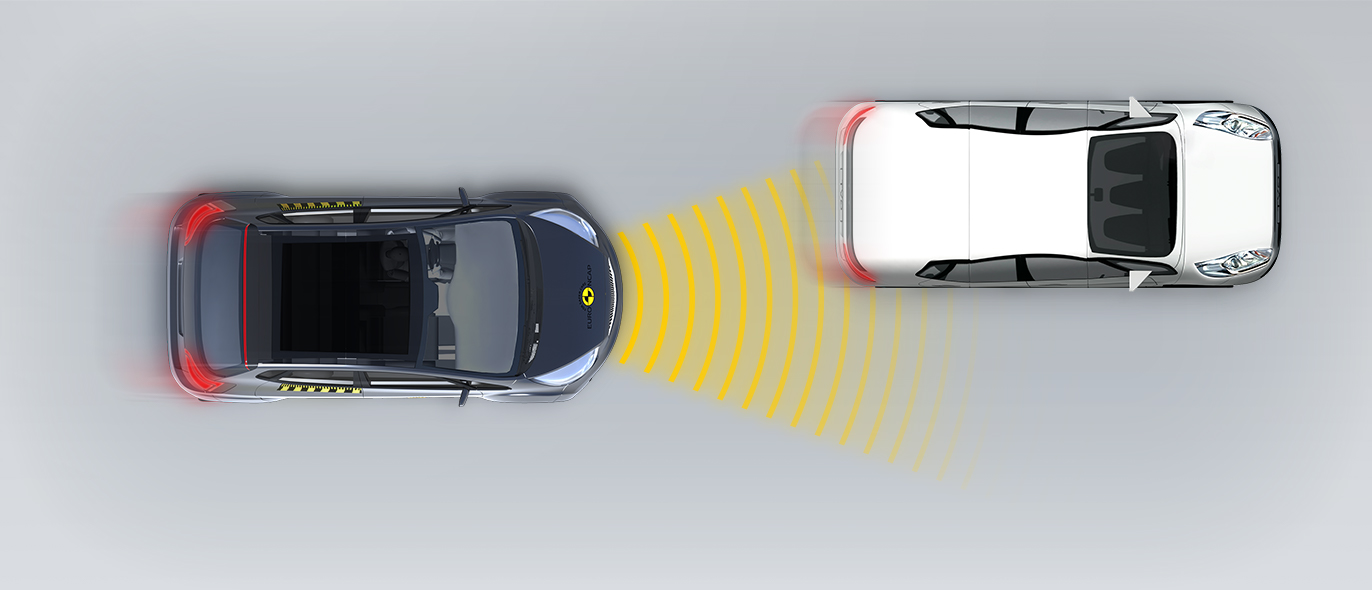


The passenger compartment remained stable in the frontal offset test. Dummy readings indicated protection that was at least adequate for the knees and femurs of the driver and passenger. However, structures in the dashboard presented a risk of injury to occupants of different sizes and to those sitting in different positions, and protection for this part of the body was downgraded to marginal. Chest protection was also rated as marginal for both front seat occupants, based on dummy readings of chest compression. Analysis of the deformable barrier after the test revealed that it would be a benign crash opponent. In the full-width rigid barrier test, protection of the front seat driver and rear seat passenger was at least adequate for all critical parts of the body. In the side barrier test, representing an impact by another vehicle, chest compression indicated a marginal level of protection. In the side pole test, protection of all critical body areas was rated as good or adequate. An assessment of the excursion of an occupant in a far-side impact showed poor protection and the car does not have a counter-measure, such as a centre airbag, for this accident type. Tests on the front seats and head restraints demonstrated good protection against whiplash injuries in the event of a rear-end collision. However, a geometric analysis of the rear seats indicated marginal whiplash protection.